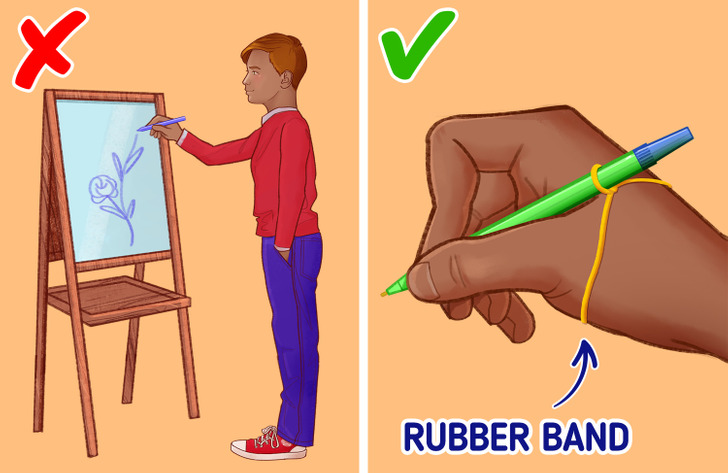How to Hold a Pen
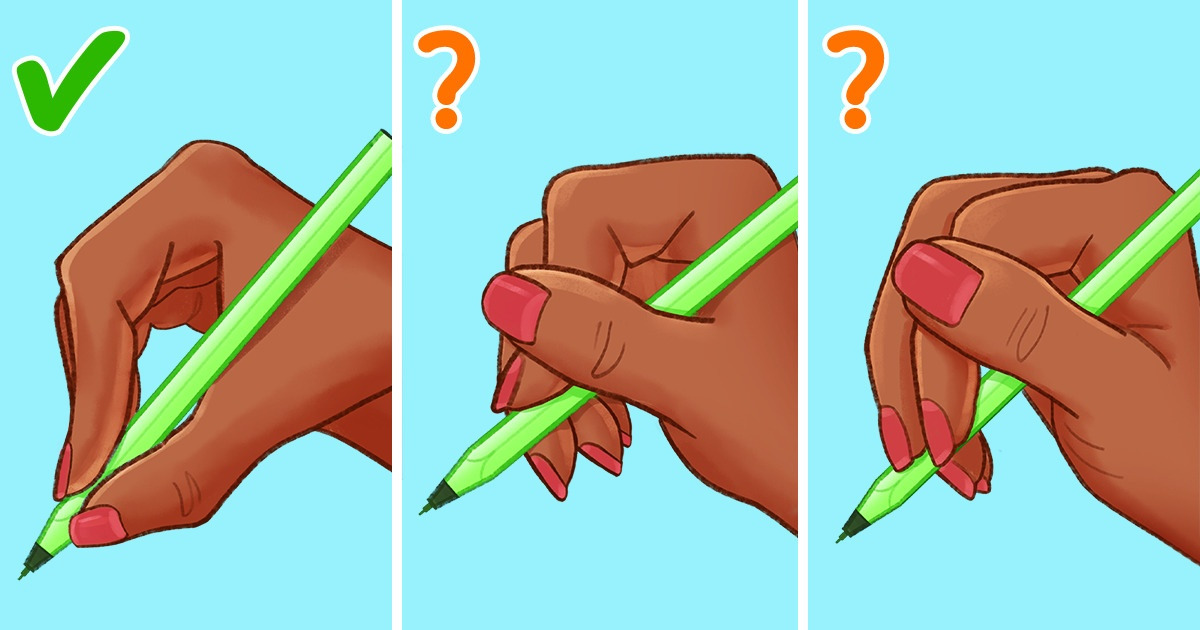
Our hands are one of the main tools with muscles that we use in almost every stage of our daily lives, from using cutlery while eating to tying shoelaces, brushing our teeth, holding pencils, and more. Although there are plenty of methods out there, knowing how to correctly hold a pen or pencil is essential to writing and drawing in a better way.
This is why 5-Minute Crafts will show you common ways of holding a pen or pencil.
Understand your hand.
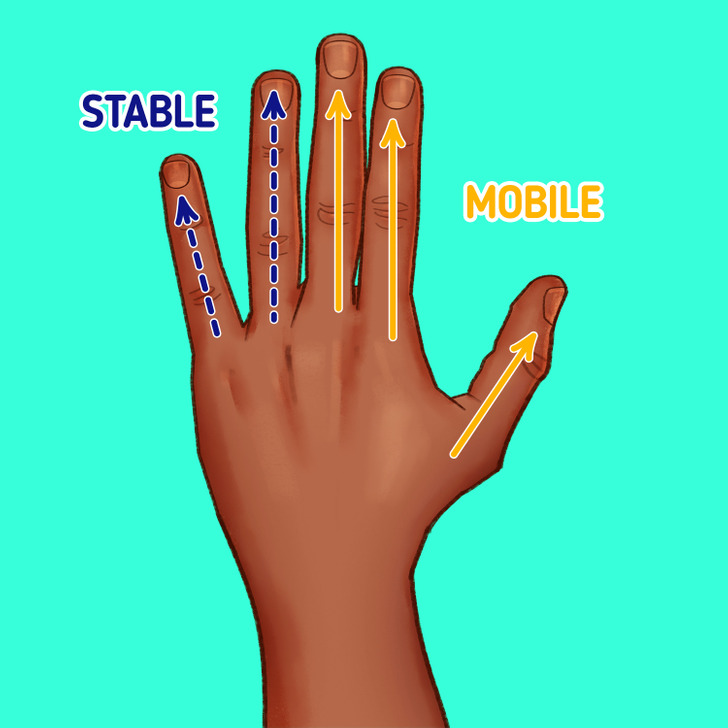
- There are 2 sides to the hand: the “mobile” and the “stable” side. While the mobile side is used for writing with the help of the thumb, index, and middle fingers, the stable side includes the ring and pinky fingers, and is generally closed and rests on the table during writing.
- The open area between the thumb and the index finger, where the pencil rests during writing, is named ’’web space." If the web space is too closed with little space, it’ll cause us to hold the pen too tightly and it’ll lead to fatigue.
Sit with proper posture.
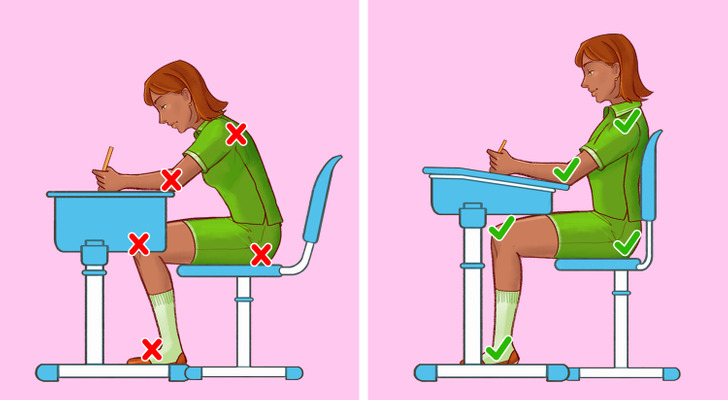
To avoid pain while writing, it’s important to sit in the right posture and position. In doing so, ensure your spine and shoulders stay at a certain angle and your elbow at 90 or more degrees. The size of the pen or pencil you use may also cause pain. For example, large-sized pens are okay during infancy, yet not okay afterward. It’s useful to use golf-sized pencils or pens at younger ages.
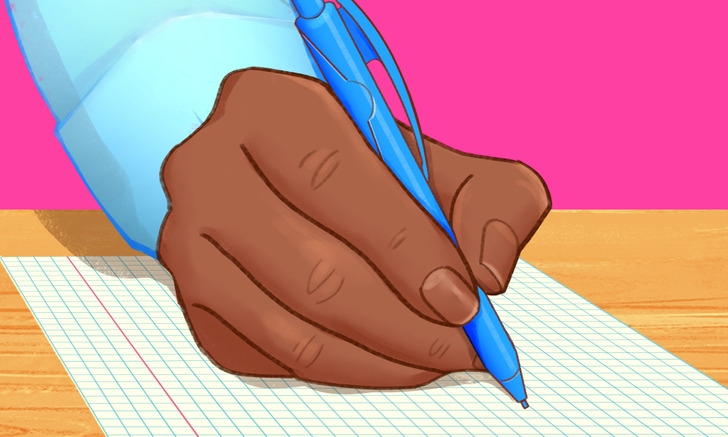
The thumb, index, and middle fingers are used for comfortable and beautiful writing. To hold it right, keep the pen between the soft tips of your thumb and index fingers, and support it with your middle finger. Make sure your thumb and index finger are in close contact with each other. It is a good idea to use a small pen whose tip should point forward.
There are 4 common ways or grips of holding a pen, named accordingly, whether the pen is resting on the middle or ring finger, or if you put your thumb over your ring finger, etc.
I. Common grips
Way 1: dynamic tripod grip
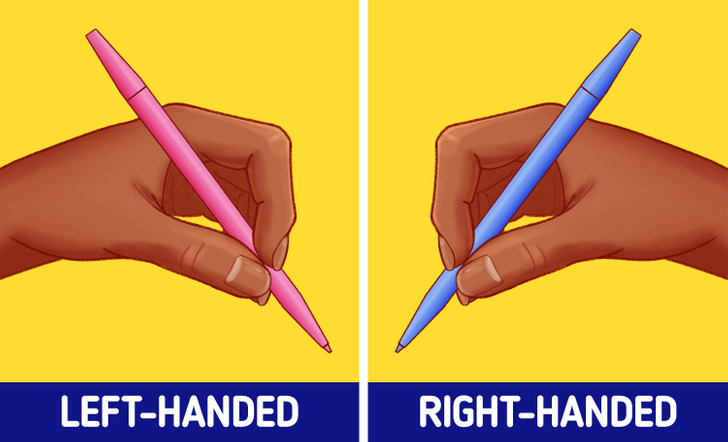
’’The tripod grip,’’ or dynamic tripod, is a writing grip with one of the correct ways of holding the pen or pencil for steady handwriting.
- You hold your pen with your thumb and index (also known as pointer or forefinger) fingers while resting it on your middle (tall) finger. Here, the middle finger acts as a support.
Way 2: lateral tripod grip
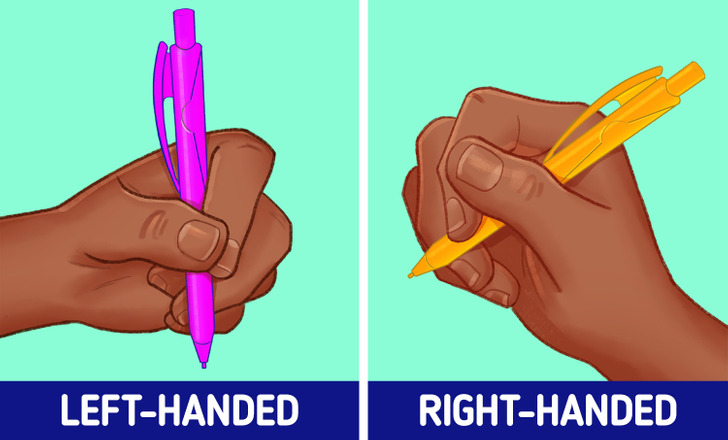
The lateral tripod is similar to the dynamic tripod.
- Your thumb goes over the pen while resting on the index (forefinger) finger. Oftentimes, the thumb wraps over the index finger too.
Way 3: dynamic quadrupod grip
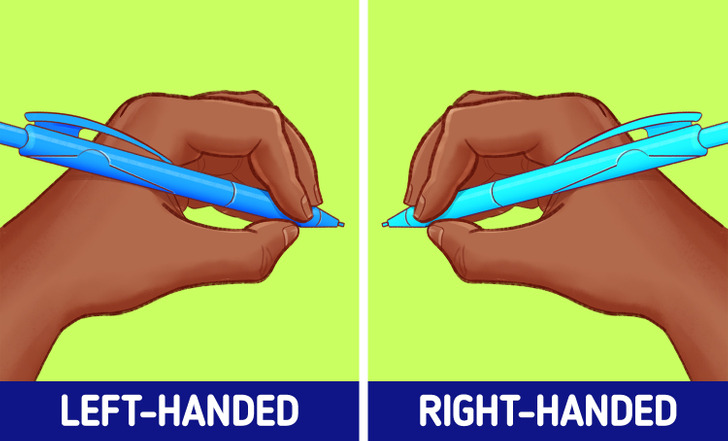
’’The quadrupod grip’’ is also known as the dynamic quadruped writing grip.
- You hold the pen with your thumb, index, and middle fingers while keeping it resting on the ring finger.
Way 4: lateral quadrupod grip
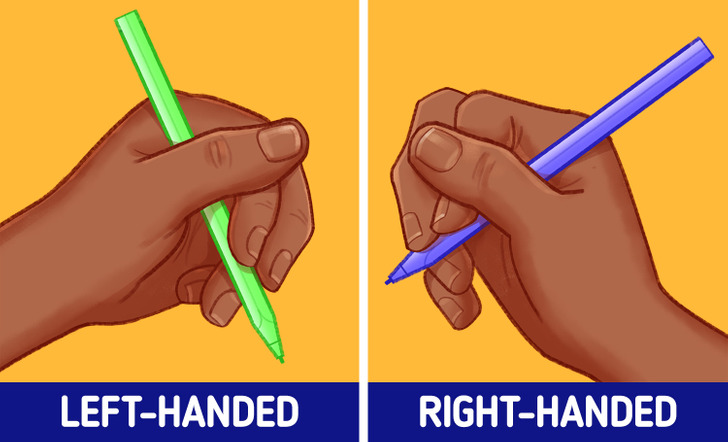
This grip is similar to the dynamic quadrupod.
- Your thumb rests on top of the ring finger to hold the pen while the rest of your fingers direct it.
II. Incorrect or poor grips, plus tips to improve
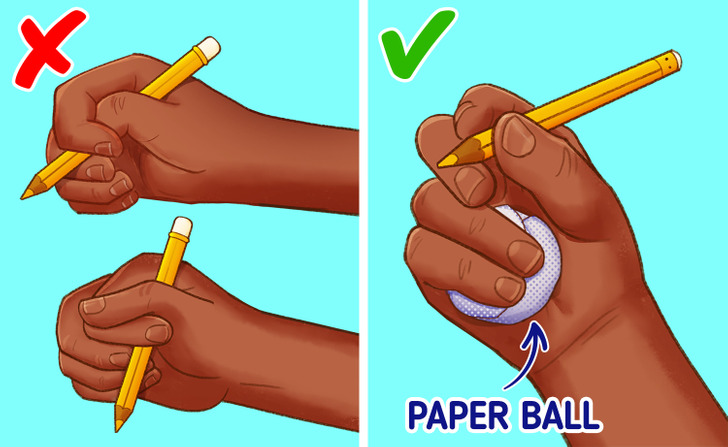
If holding a pen or pencil causes discomfort, fatigue, or arm and hand issues, your grip is considered poor. This happens when:
- The thumb is wrapped around the index finger or kept on top of the index finger. It may also occur when your thumb stays under the index finger.
- Solution: Ask the person to hold something with their little finger and ring finger; squeeze a softball (or a piece of paper or tissue rolled into a ball) with his or her hands. Playing with Lego toys, playdough, opening/closing the jar lids or zippers, and such games may help.
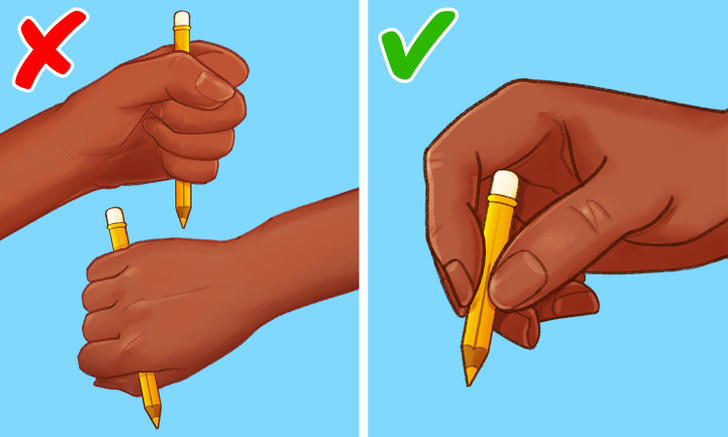
- A problem occurs when fisted (atypical) grips are used to hold the pencil with all of the fingers extended to curl around the pencil or when fingers are splayed out.
- Solution: You can give the person an extremely short pencil. Also, using small pieces of chalk or crayon may help during Pre-K or kindergarten while teaching the correct pencil holding.
